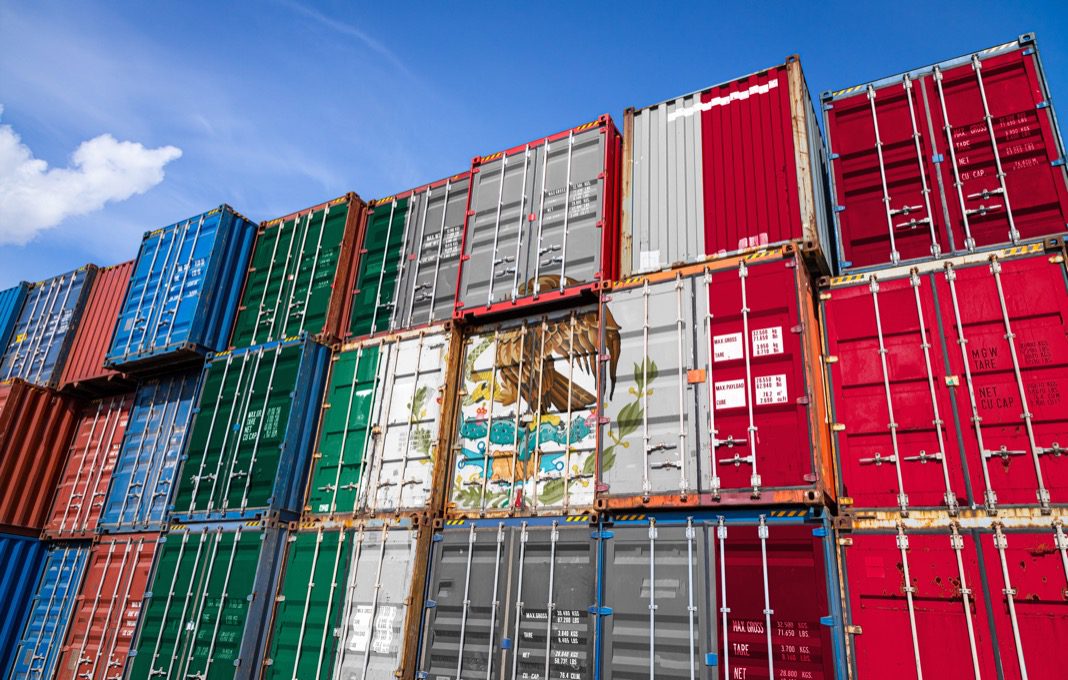Nearshoring in Mexico Remains Strong and Promising
In this context, the performance of financial instruments linked to the phenomenon, such as ETFs, reflects this optimism with very attractive returns that, in the case of the NRSH ETF (the first ETF linked to nearshoring), reach up to 26% so far this year. This return is significantly higher than what the S&P, the Nasdaq, or the Mexican Stock Exchange offer.
So explained Alejandro Garza, founding partner and director of Aztlan Equity Management, one of the few firms in Mexico capable of carrying out a reverse engineering process to decode active investment strategies and encode them into proprietary rule-based indices. This allows them to launch ETFs in New York or Europe and later cross-list them in Mexico to comply with local regulations.
In November 2023, Aztlan listed the first ETF linked to nearshoring on the New York Stock Exchange, a phenomenon that was gaining significant relevance at the time due to the global relocation of supply chains, from which Mexico was beginning to greatly benefit. Subsequently, in March 2024, the exchange-traded fund made its debut on the Mexican Stock Exchange.
“Although the arrival of Donald Trump to the presidency of the United States and his trade policy had a negative impact with the imposition of tariffs—definitely running counter to all the investment theses of North American regional integration—now that the situation and the fundamentals of what is being done in the United States have settled, we see that there are still a series of economic policies that encourage the integration of supply chains in the North American region. Mexico continues to benefit from this trend, as does Canada,” said Alejandro Garza.
“Therefore, instruments like ETFs linked to nearshoring have a strong future. Returns are ultimately determined by the attractiveness of the companies we invest in, which are companies listed in Mexico, the United States, or Canada and are direct beneficiaries of nearshoring. Additionally, we must not forget that instruments like ETFs have a long-term maturity,” he added.
Volatility Does Not Diminish the Attractiveness of the Nearshoring ETF
Although the implementation of the new trade policy in the United States has slowed its performance, the balance of the ETF linked to nearshoring is favorable just under two years after its debut on the New York Stock Exchange (November 30, 2023). According to information from the executive at Aztlan Equity Management, $10 million (around 200 million Mexican pesos) has been raised so far, and strong performance has been achieved despite high market volatility and the uncertainty generated by President Trump’s trade and tariff policies earlier this year.
The launch of the AZTLAN North America Nearshoring Stock Selection ETF (ticker: NRSH) for Mexican investors through pesos in the International Quotation System (SIC) of the Mexican Stock Exchange (BMV), as of March 2024, has a composition of approximately 57% U.S., 23% Mexican, and 20% Canadian companies in its investment structure. This balance may shift as market conditions evolve, but it has shown excellent results so far.
SEC Approves Strategy to Improve Performance
The ETF listed on the NYSE, the Aztlan Global SMid Caps (ticker: AZTD), launched on August 17, 2022, aims to track the performance of the Solactive Aztlan Global Developed Markets SMID Cap Index, which invests in small- and mid-cap companies in developed markets.
Recently, Aztlan developed and implemented innovations in its first ETF launched to the market. These changes were also adapted to the nearshoring strategy and were approved by the SEC and implemented just this Monday, August 18, 2025.
“The performance of the enhanced strategy would yield a return of 26% so far this year compared to the 8% the NRSH would deliver in its original condition. For this reason, we are very excited to see how the NRSH performs in the second half of 2025 and over the long term,” he explained.
The AZTD ETF was the first one they launched, and coincidentally, this August 18 marked its third anniversary since the initial NYSE listing. About a year ago, certain improvements and innovations were identified in Aztlan’s quant model, which allows better performance while maintaining highly concentrated strategies with stock selection, low turnover, and strong returns.
These innovations were approved and implemented about a year ago in AZTD, and given their excellent results, the strategists at Aztlan decided to apply a similar process to the ETF linked to nearshoring, NRSH. Coincidentally, on the same date—August 18—the implementation was carried out once it was approved by the U.S. regulator.
“Some of the improvements to the NRSH include: expanding the investment universe to companies that are direct agents or beneficiaries of the nearshoring phenomenon in general, and not just players within certain predetermined industries like transportation and logistics. There are now companies in semiconductors, cybersecurity, and defense, as long as they are participating in the nearshoring phenomenon. The other innovation is the inclusion of the stability factor in our Aztlan quant model, which allows us to have lower portfolio turnover without sacrificing strong performance. With this, Aztlan consolidates itself as a player competing through innovation both in the United States and Mexico, and globally,” said Alejandro Garza.
“At the firm, we are celebrating—the performance of our ETFs confirms that we are on the right track. With $35 million in our first ETF, AZTD, and $10 million in NRSH, the first ETF linked to nearshoring, in addition to a unified strategy that will enhance its performance, we are optimistic about the future,” said the founding partner of Aztlan Equity Management.
Mexico Maintains a Key Role in Nearshoring
The optimism at Aztlan about nearshoring and its linked ETF is shared by an analysis from the Center for Strategic and International Studies (CSIS), titled “Is Nearshoring Dead? Mexico in an Age of Tariffs and Reindustrialization,” which identifies the country’s strategic industries ready to complement the United States, where investments will undoubtedly yield strong results.
Among other points, the CSIS notes that despite the installed capacity in the United States and the shift in that country’s trade policy, the cost of labor and the shortage of workers make producing in Mexico remain profitable.
The auto parts, semiconductor, pharmaceutical, and critical minerals sectors are some examples. Companies in these sectors will have much to say in the coming years regarding nearshoring as they consolidate and/or modernize their production plants and complement the U.S. giant once the waters settle—as is already starting to happen.




